Living in style: inside the Bow flat made beautiful by stylist Wojtek van Portek
Stylist and art director Wojtek Van Portek gives a tour of his home in Bow, showing us how to make the most of compact spaces on a limited budget.
From the outside, this flat looks like any other in Bow. Part of a large, squat apartment block dating back to the late 1970s, this building is home to Wojtek van Portek, one of the Roman’s resident stylists and art directors.
Step inside and you’ll find yourself in a two-up two-down flat. Running off to your right, a stairwell, leading to the second floor, to your left the kitchen, and straight ahead, the living room. Here he lives with a flatmate and Zaro, his wise and dignified charcoal-grey schnauzer.
It may sound like a typical space, but what sets this Bow home apart is the feeling that, like a giant moodboard, it has been not decorated, but curated. Looking around, one gets the sense of someone who notices every detail, savours it, and stores it away for later. Fabrics, artworks and objects combine in a kind of lifesize collage: ‘it’s like my mind’, he says.
Since moving to Bow several years ago, van Portek’s been on the hunt for furniture, art and other objects with which to decorate his home. He’s found some real treasures in the local neighbourhood, from solid oak chests to precious vases to mid-century modernist coffee tables.
In his living room, one vignette in particular catches the eye: traditional Japanese paper maché masks sit sit-by-side with paintings, framed photographs and magazine covers. As far as van Portek’s concerned, it’s this wall that most reflects his personality. ‘It’s a random collection of framed objects,’ he says, ‘but they all come together and make sense.’
He’s a fan of local artists, with drawings by the Bow-based artist Mr Bingo featuring on walls both upstairs and down. You’ll also find paintings by Henry Whysall around the house, who lived in East London before returning to Antwerp. One of Whysall’s tiny paintings forms part of the living room vignette, while a large canvas hangs on the wall in van Portek’s bedroom.
Giant houseplants fringe the edges of the room. ‘There’s not enough greenery around,’ van Portek says, gesturing to the concrete car park behind his house. To combat this, there’s a plant in almost every corner, filling up dead space and creating balance within the room. A luxurious bunch of white-and-blush peonies unfurl from a delicate porcelain vase sitting on the coffee table. Picked up at Colombia Road flower market, these flowers create a focal point around which the room coheres.
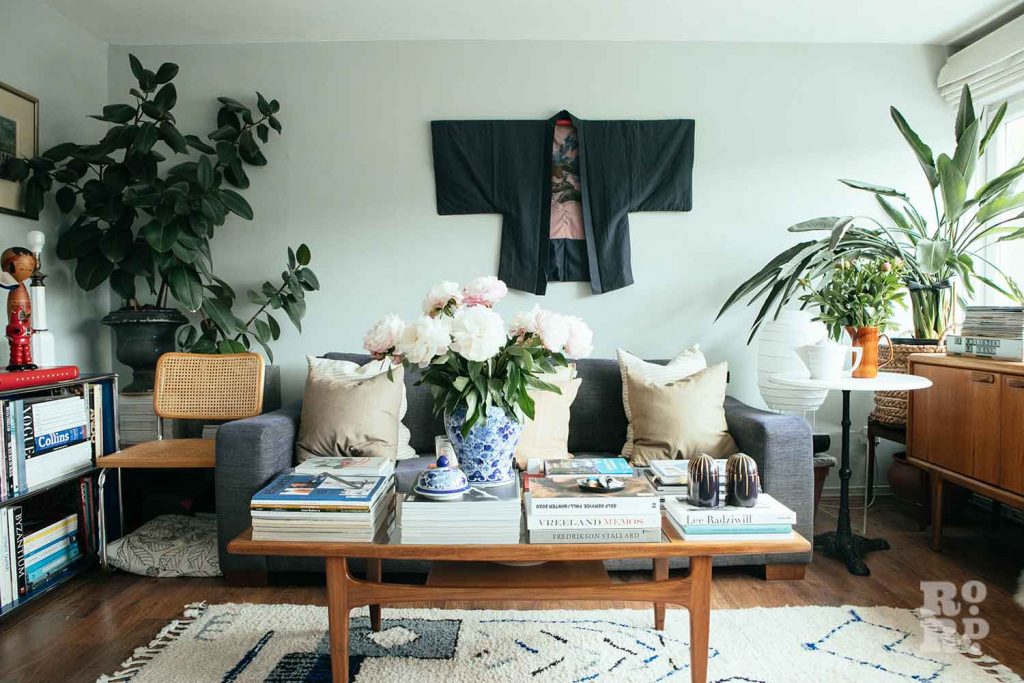
The space feels fresh and calm, which is important for van Portek. His job involves handling ‘very creative people, with all their personalities and egos and insecurities’. When he comes home, he looks for peace. A subscriber to the ‘dirty desk, dirty mind’ philosophy, he keeps his place clutter-free. ‘It gives me pleasure spending time here,’ he says. ‘It has this element of creativity and escapism and serenity.’
The blue palette he’s chosen for his walls adds to this impression. Blue tones evoke clarity, tranquillity, peace. He hasn’t committed to a whole-room colour scheme, choosing instead to paint a single accent wall a deep, bold teal.
His ex-boyfriend, from whom van Portek rents the flat, didn’t like the sound of the colour scheme at first. ‘When I painted the blue wall he said: no one’s going to like this wall, it’s too bright, too striking,’ he says. ‘Now he loves it.’ How does van Portek pick his colours? ‘Instinctively, I feel,’ he says, without missing a beat.
He’s a fan of the English heritage palette, those ‘very historic colours’ typically made by Farrow and Ball. But one of his main lessons is that ‘you don’t have to buy expensive paint, and you don’t have to buy expensive furniture, to have a liveable, cosy, individual space’.
This is something he’s learnt throughout his career. ‘I work with celebrities and amazing photographers and stylists, travelling the world with them,’ he says. But the glamour of the job isn’t necessarily matched by the paycheck.
That’s why he’s always on the lookout for vintage furniture. The dark-wood chest sitting in his kitchen he picked up from the now-closed vintage shop at 353 Roman Road. He loves it because it’s ‘solid, it has soul and character.’ He has a good eye for a bargain: ‘this place evolved within a small budget,’ he explains.
He likes giving furniture a second life. For him, ‘it’s about being liveable. You can bash these cushions, you can scratch this furniture,’ he says. He eats with vintage cutlery: ‘someone got rid of these thinking they’re bad,’ he says. ‘To me, they’re great. They have character’.
His dining table is a lovely number also picked up at the recently-closed 353 Vintage. Neat and compact, the chairs sit flush with the table when they’re not being used, which is great for freeing up space. He’ll head to Ana Kerin’s KANA ceramics ‘for her wonderful crockery’ which he’s ‘using religiously’ when he’s after tableware. ‘When you don’t have unlimited space,’ he says, ‘you have to find the balance of things that are beautiful but serve a purpose.’ When looking for furniture, The Peanut Vendor’s a favourite spot, while ‘Old Spitalfields Markets on Thursdays is my go-to place,’ he says.
Having grown up in Poland before the Berlin Wall fell in 1989, he credits his grandmother with having taught him this resourcefulness. She worked in a factory, mended her families’ clothes and grew food in her garden. ‘I grew up on organic food, it’s the cheapest and easiest way of having food,’ he says. In England, he can’t quite get his head around the link between organic food and being “boujee”. ‘What’s boujee about having a carrot that isn’t full of pesticides?’ he asks.
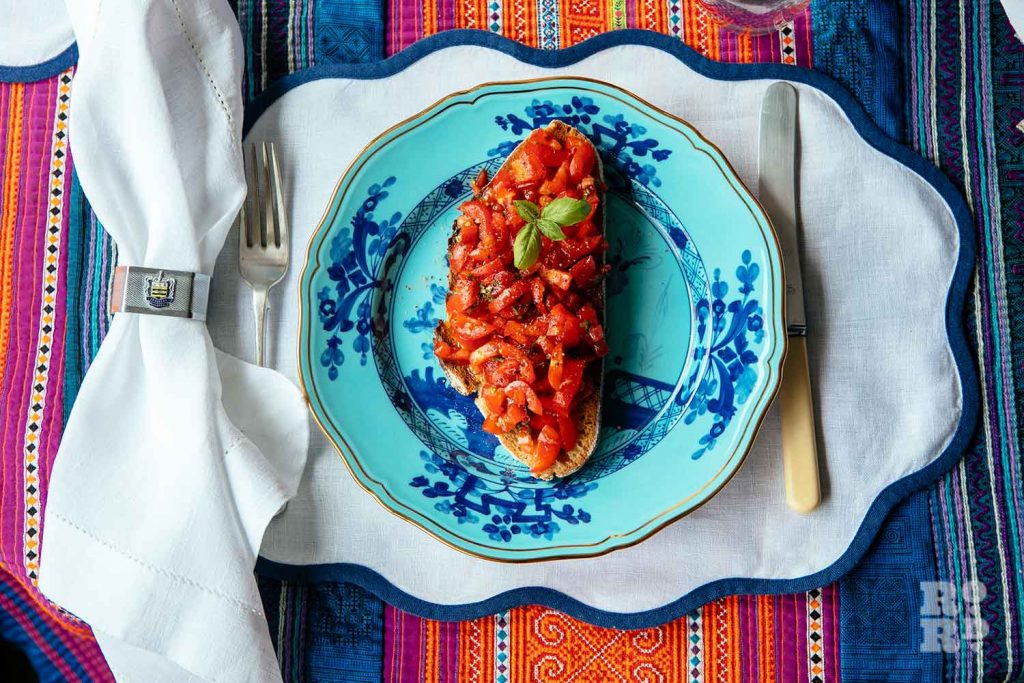
Van Portek loves shopping locally, favouring Hello Fresh at one end of Bow’s section of The Roman, and Inci at the other. ‘Here you have so many Turkish and South-East Asian grocers which have every possible fruit and veg,’ he says. Mae + Harvey is his favourite spot for coffee (‘obviously,’ he says, ‘it’s everyone’s favourite’). And, as far as he’s concerned, ‘Vicolo Romano is the best spot for pizza… it’s sourdough. Crunchy, thin, delicious’. When he’s after wine, he’ll head to Vinarius. ‘They’re passionate, they’re Italian, and they know every wine they have there,’ he says.
Another favourite is Broadway Market, where he knows how to sniff out a deal. ‘I get lobster from Fin and Flounder,’ he says, where he’ll spend a tenner and get enough shellfish for two people. This is how he lives his life: ‘you have this sense of luxury, but it’s accessible,’ he says. Small things can make all the difference: for van Portek, ‘a sense of occasion is very important.’
God is in the detail, after all. As far as van Portek’s concerned, something as simple as a candle, bottle of perfume or bunch of flowers can transform an entire room. As he says, ‘it’s about understanding that small things impact the way you live, the way you think, the way you perceive things.’
As van Portek’s home shows, a compact space can offer opportunities as well as challenges. Spacial constraints force us to get creative, free ourselves of clutter and make the most of every inch of our homes. Our neighbourhood is full of old and beautiful things just waiting to be discovered. If we had all the space and money in the world, chances are we’d never find them. There are solutions to every challenge, ways to satisfy every constraint. As van Portek says, ‘where there is a will there is a way’.
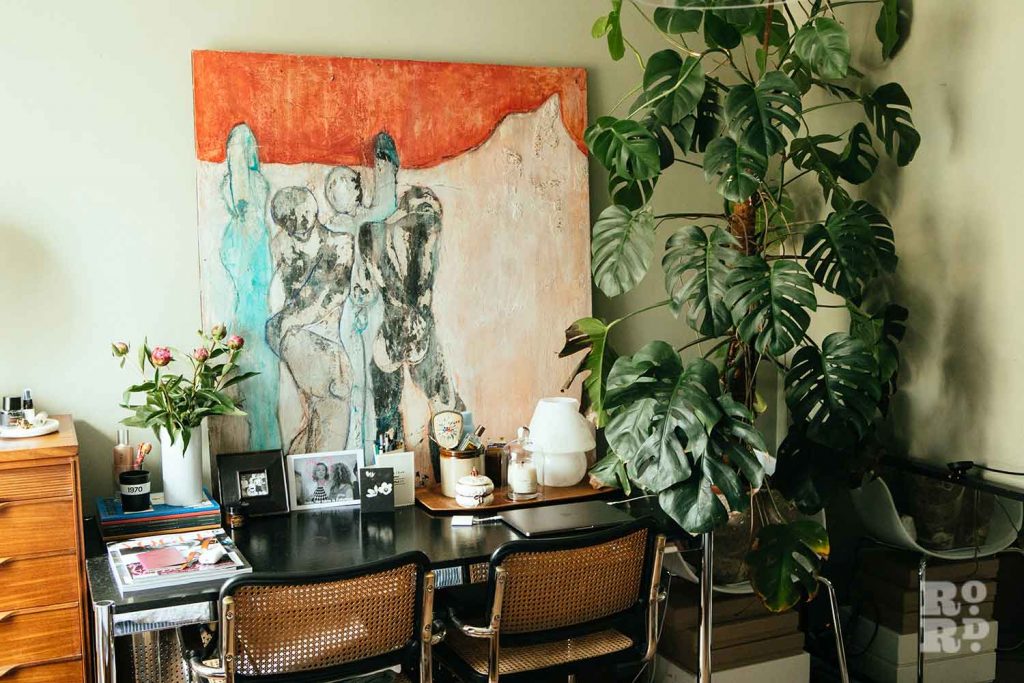
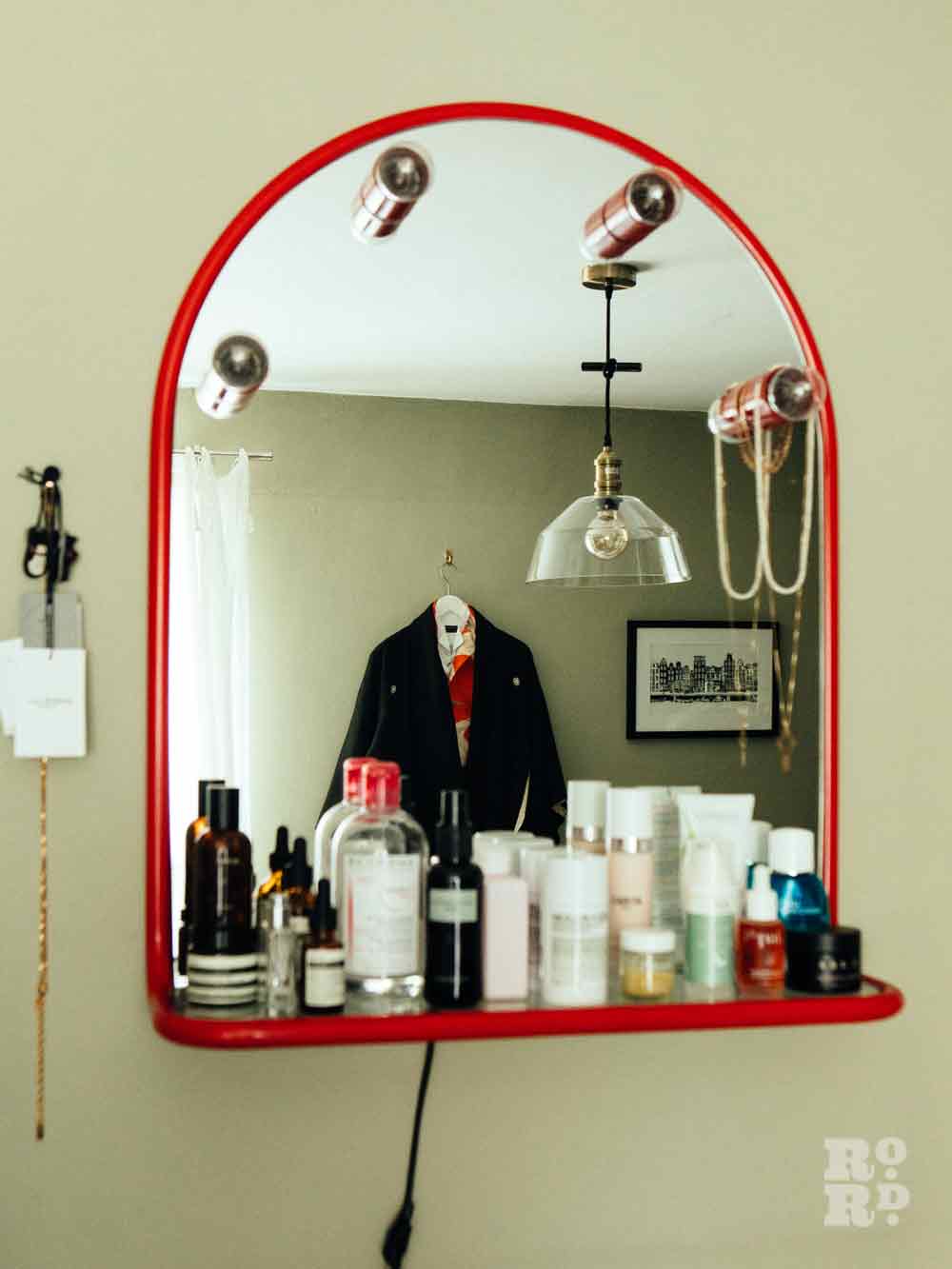
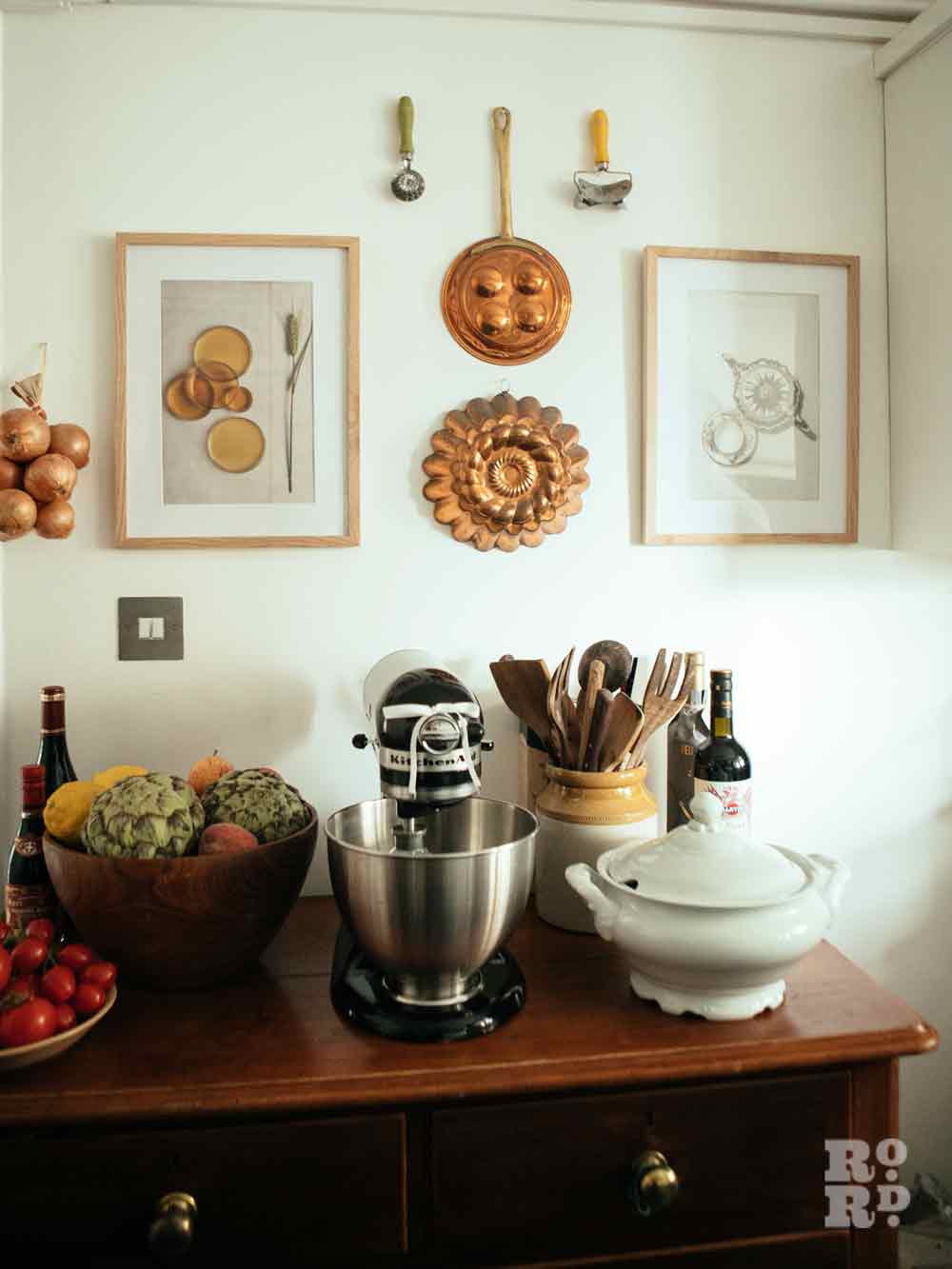
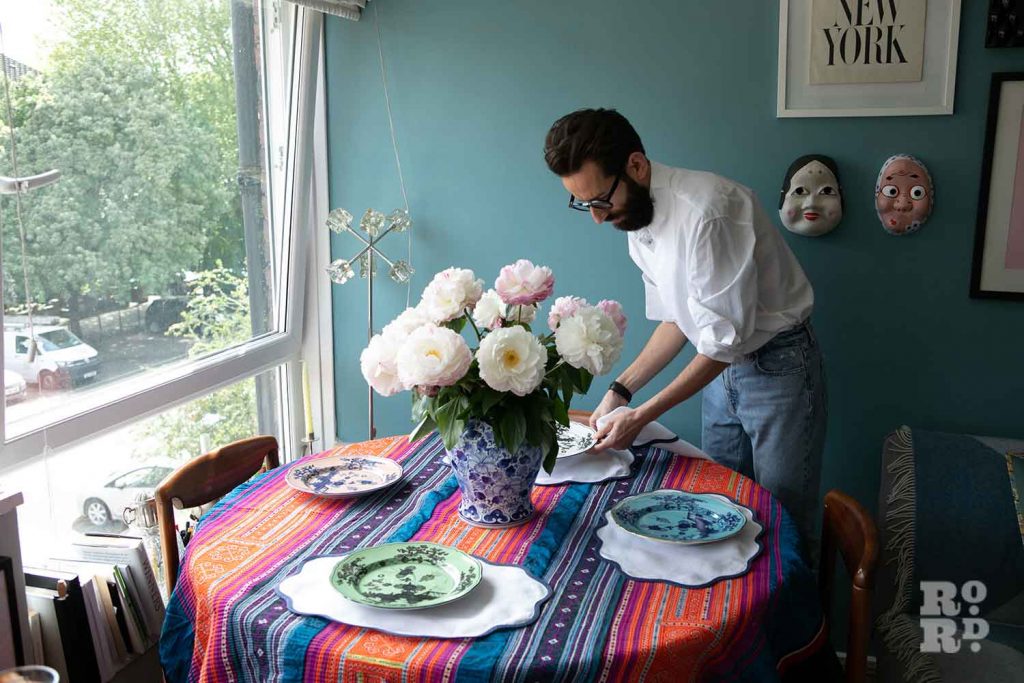
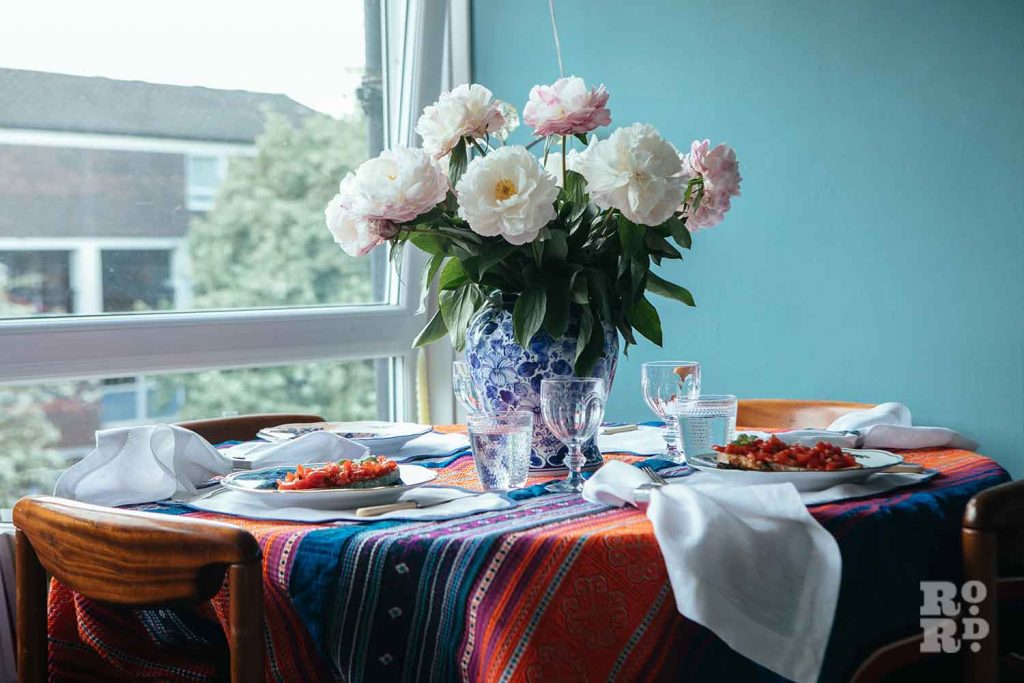
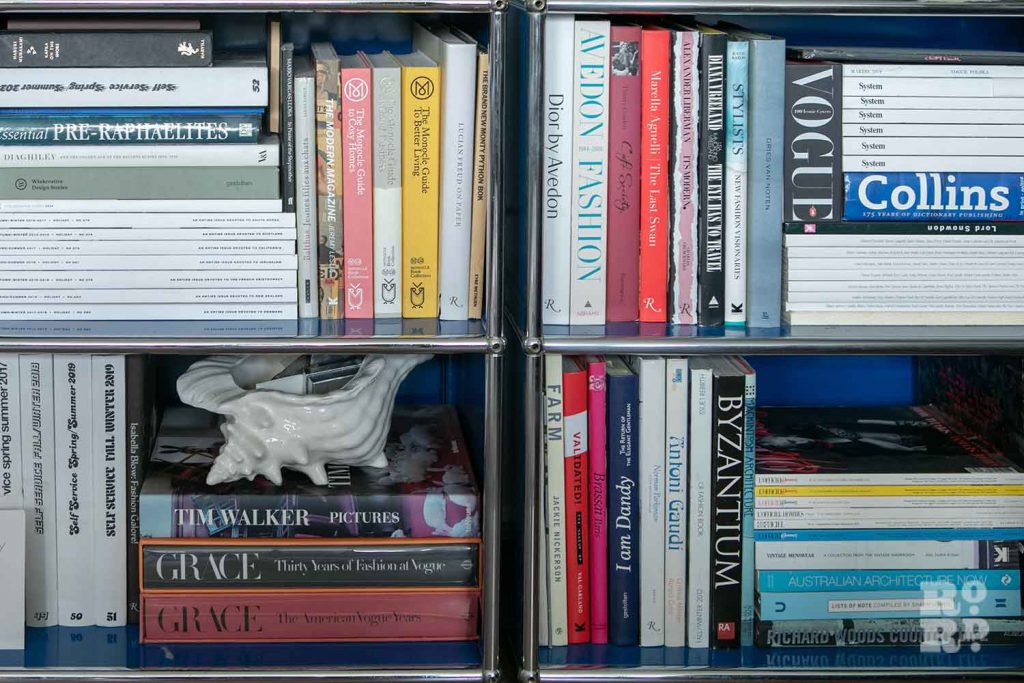
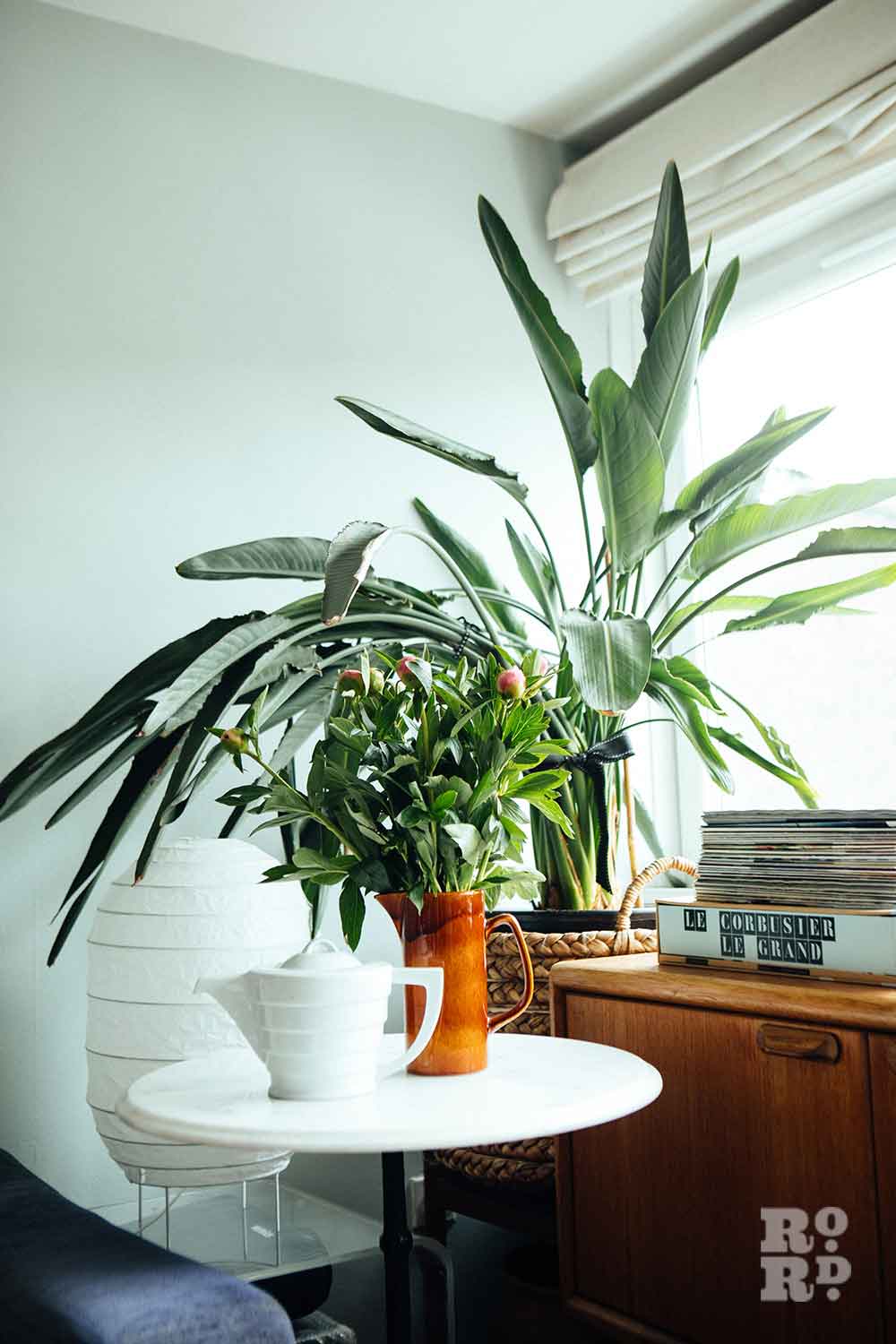
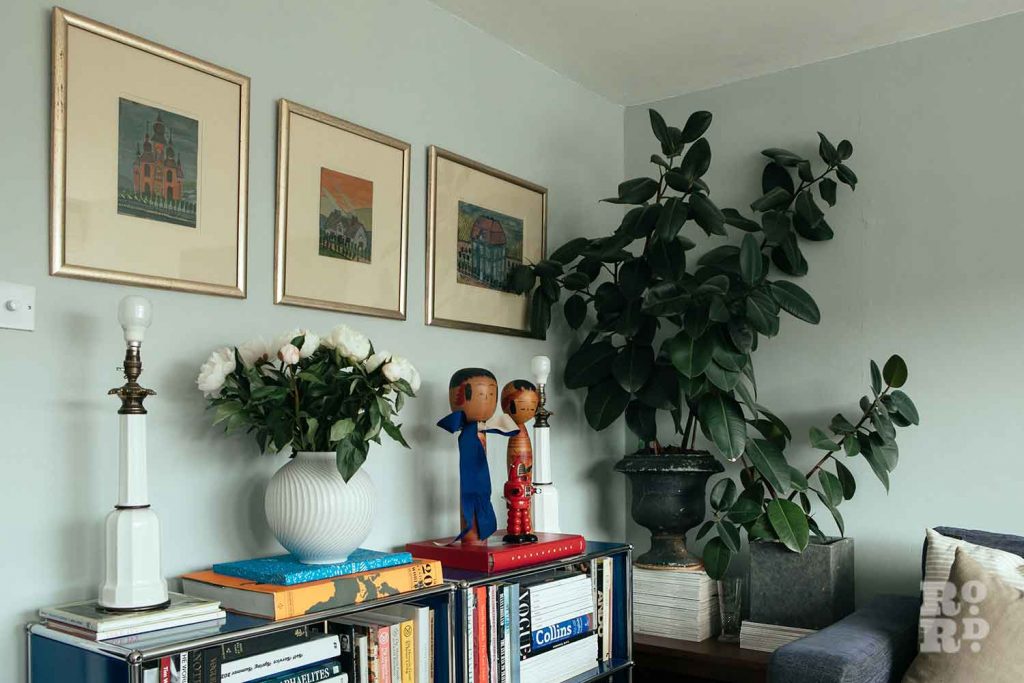
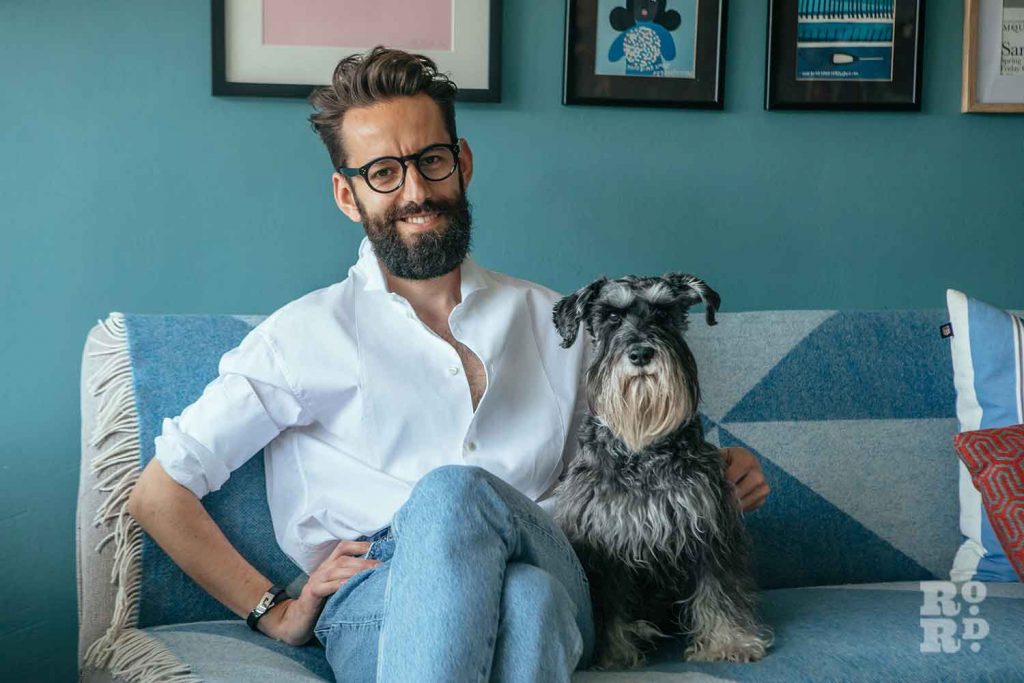
Photographs by Rose Palmer, Instagram: @roseacpalmerphotos
If you liked reading about Wojtek van Portek‘s home, you might enjoy our interview with local artist Alice Sielle.

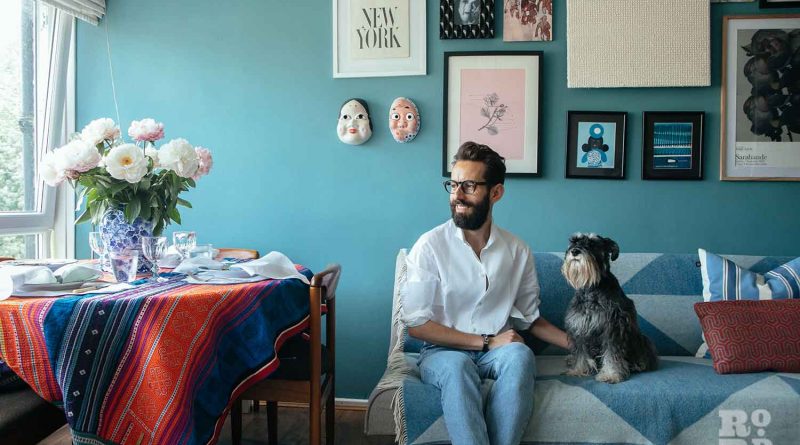

Thanks – I really enjoyed reading this at the end of a hectic day. The sense of calm you describe emanates from the page and I’ve gleaned a few ideas for my own space.